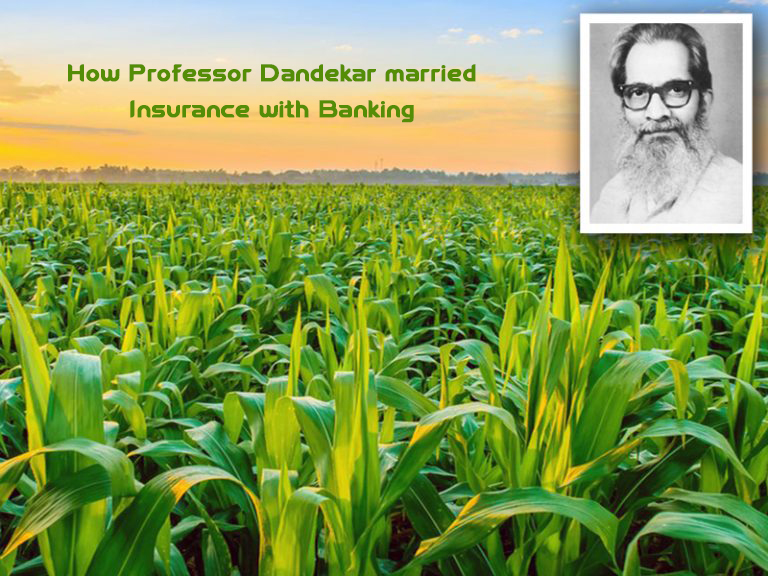The first and foremost major roadblock faced in the implementation of a crop insurance scheme was the management of large numbers. Crop insurance deals with the farmers of the country, and more significantly, the small and marginal segment of farmers, who are economically the weakest, geographically the remotest, and administratively the most deprived. Around the 1970s & 80s, the total farming family population in India was around 11 crore, of which about 86% belonged to the “small and marginal” category. This category was the most disadvantaged in terms of agricultural practice, be it in their fragmented parcels of land, lack of seed money at the various stages of crop production, nonavailability of new technology and progressive agricultural practices. This was the large but silent farming population which needed support the most, but sadly was also the most bypassed at every policy initiative.
In all fairness to successive governments, both at the Centre and the States, this category was the most difficult to reach and access, and they were also the most difficult to convince and include. Decades, nay, centuries had been lived away by these traditional farmers, tilling the land, sowing the seed, and reaping the harvest in the same antiquated manner, dependent totally on the monsoon gods, and blaming every failure on destiny. They never had the knowledge nor the will to change, and they were ever afraid to upset the applecart which destiny had ordained for them.
Insurance of crops is a modern day financial tool for progressive farmers, which as you know, is a mechanism to pool small (premium) amounts from a large number, to compensate for the big losses to a few amongst them. Obviously this requires the willing participation of a large number of interested parties, ie. the farmers, who understand the dynamics of this financial instrument. Alas, in India, for the bottom 86% of largely uneducated farmers, this was not to be so. Professor Dandekar, at the very outset itself, realised that in India, a crop insurance scheme would not work on the premise of voluntary participation, but rather had to be enforced as a compulsory social welfare measure (which would also have to be commercially sustainable in the long run). But the baffling problem which came up was, “Where could these farmers be found and documented? How could these farmers be insured and then serviced??”
Professor Dandekar’s brilliant mind came up with a solution that was elegant in its simplicity, and easy in its implementability. He simply linked the crop insurance program to the banking network and their crop loaning activity every season.
There were about 1 lakh 30 thousand banking outlets in India at the time, from large town branches trickling down to the rural branches and the cooperative societies attached to them. Any farmer who wished to avail a short term agricultural loan, would have to be registered and connected with the loaning institution, and thus would be a readily documented “insured-unit”. This simple expediency of connecting the insurance vertical with the banking vertical served as the first masterstroke in the baffling crop insurance gameplan.
This marriage of crop insurance with banking also solved, in one stroke, the flow and accounting of funds. Since the target segment was the loanee farmer, therefore each had a loan account which was anyways and always serviced by the bank. To deduct premium from the sanctioned loan and send it to the insurance company, and subsequently to credit the corresponding claim amount into the same account, were but just two accounting entries in the ledgers of the bank, nothing more. It allowed for minimality of effort, a settled process, and cash-free, well accounted flow of funds either way.
The marriage was made in heaven, but Professor Dandekar played, levity be pardoned, cupid.


